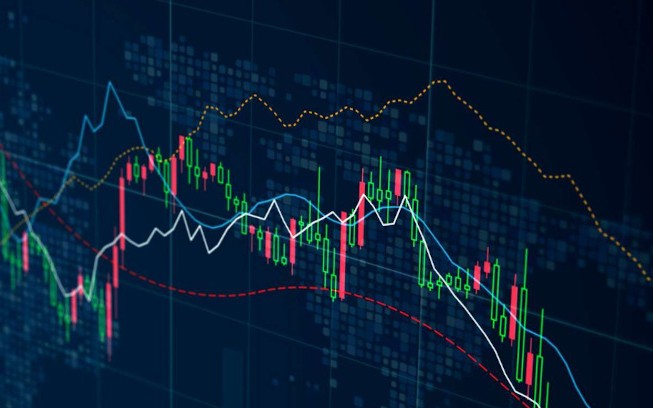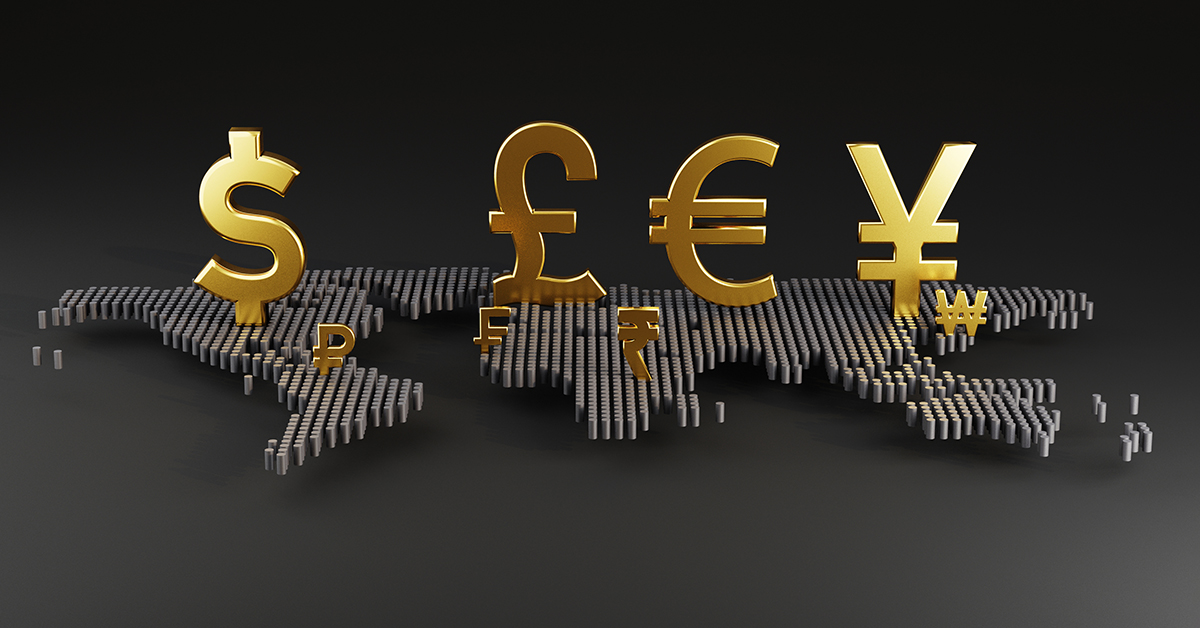
In the ever-evolving landscape of trading, automated trading forex Online Trading CM has emerged as a revolutionary force in the Forex market. Automated trading, also known as algorithmic trading, refers to the use of sensitive computer programs to enter trading orders at a speed and frequency that is impossible for human traders to replicate. This technology has fundamentally transformed how Forex trading is executed, providing traders with enhanced efficiency, accuracy, and sophisticated strategies.
Automated trading systems operate based on predefined criteria, allowing traders to capitalize on market conditions without the need for constant supervision. As we delve deeper into this topic, we will explore the mechanics of automated trading, its advantages and disadvantages, and how it is shaping the future of Forex trading.
Understanding Automated Trading
Automated trading involves the use of algorithms to execute trades based on specific criteria, which may include factors such as price, timing, quantity, and market trends. These algorithms are developed by traders or quantitative analysts and can interpret vast amounts of market data in real-time. By automating the trading process, traders can remove emotions and biases that often lead to poor decision-making.
At its core, automated trading is predicated on the strategy it employs. Some of the most common strategies include:
- Trend Following: This strategy involves identifying and following the momentum of market trends.
- Mean Reversion: Here, the algorithm predicts that prices will revert to their mean or average over time.
- Arbitrage: This strategy exploits price discrepancies in different markets or instruments.
- News-Based Trading: Algorithms can be designed to respond to news events that typically impact currency values.
Advantages of Automated Trading
The rise of automated trading in Forex has brought forth a myriad of advantages for traders. These benefits include:
1. Speed and Efficiency:

Automated systems can process vast amounts of data and execute trades within milliseconds. This speed can be crucial in the Forex market, where conditions can change rapidly.
2. Reduced Emotional Trading:
Emotions can adversely affect trading decisions. Automated trading removes emotional factors, enabling traders to stick to their strategies without fear or greed influencing actions.
3. Backtesting:
Automated trading systems allow for backtesting, meaning traders can evaluate the performance of their strategies against historical data before using them in real markets. This feature provides valuable insights into potential profitability.
4. Time-Saving:
Automated trading frees up time for traders, allowing them to focus on strategy development and market analysis without being tied to their trading terminals.
5. Diversification:
Traders can monitor multiple accounts or trading strategies simultaneously, effectively diversifying their trading portfolio and reducing risk exposure.
Disadvantages of Automated Trading
While automated trading has numerous benefits, it also carries certain risks. These include:
1. Technical Failures:
Mathematical errors, software bugs, or connectivity issues can result in significant losses. It’s imperative for traders to ensure robust systems with ongoing maintenance and updates.

2. Over-Optimization:
Traders may become over-reliant on historical performance data, leading to overly complex strategies that do not perform well in real market conditions. This phenomenon is known as curve fitting.
3. Market Changes:
Automated systems are programmed based on historical data and may not adapt quickly to sudden market shifts or unexpected economic events.
4. Loss of Control:
Without active monitoring, traders may face unexpected losses due to technical issues or market volatility, which can be particularly damaging if risk management protocols are not in place.
5. Cost:
High-quality automated trading systems can be costly to purchase or develop, with additional costs associated with software, data feeds, and ongoing maintenance.
Conclusion: The Future of Automated Trading in Forex
As the technological landscape continues to evolve, automated trading is likely to play an increasingly vital role in the Forex market. The integration of artificial intelligence and machine learning into trading algorithms is set to revolutionize the way traders analyze data, adapt strategies, and make trading decisions.
However, traders must remain vigilant regarding the limitations and risks associated with automated trading. By approaching automated trading with a clear understanding of its benefits and challenges, traders can better position themselves to capitalize on the opportunities presented by this innovative technology.
In a world where speed and accuracy are paramount, the Forex trading landscape is undeniably being reshaped. Embracing automation could very well be the key to unlocking unprecedented trading success in this dynamic market.